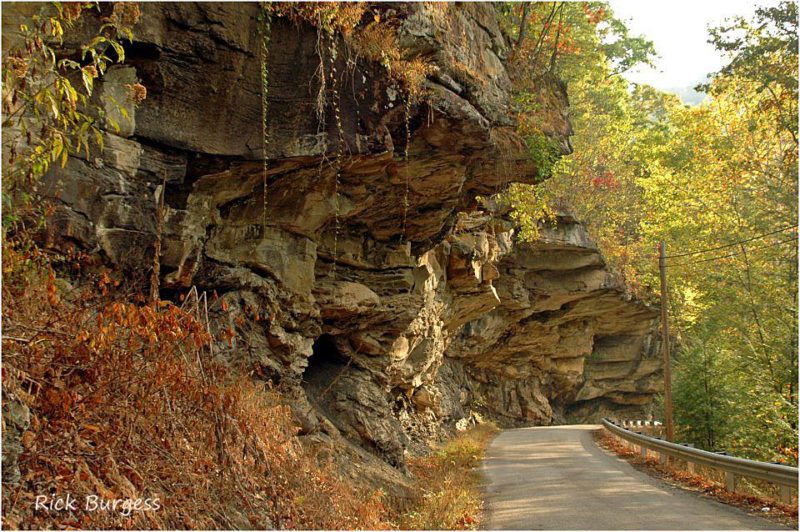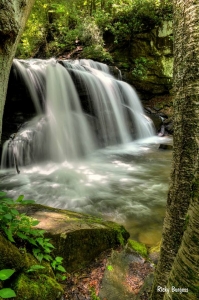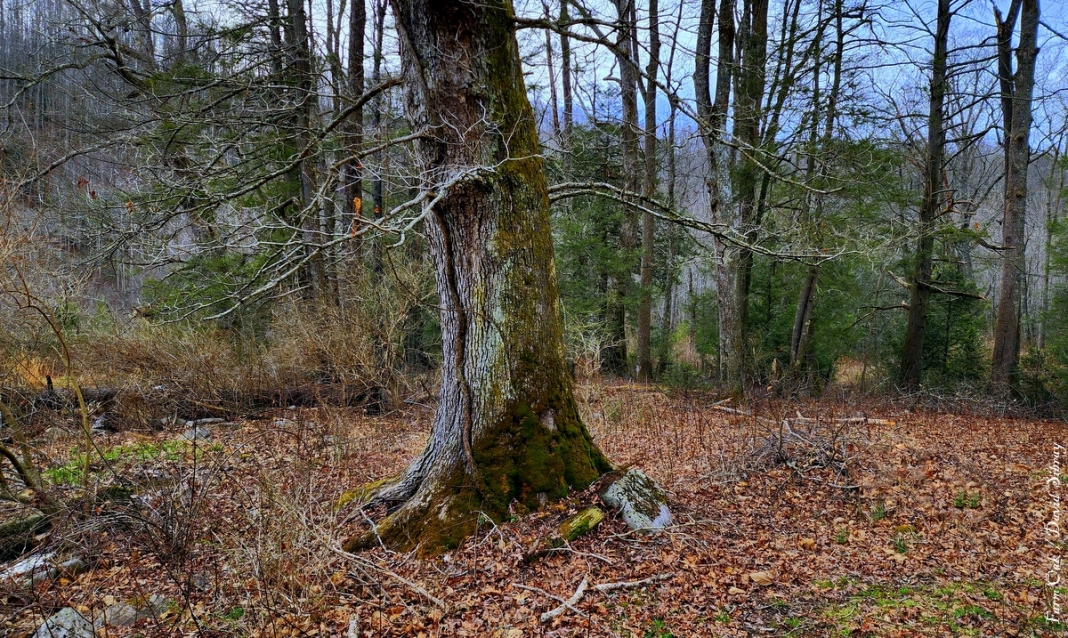WEBSTER SPRINGS, W.Va. — Perhaps no county in West Virginia is as isolated as Webster County. Entirely mountainous, no expressway or U.S. highway ventures into it, and many densely forested sections haven't been explored in years except by enterprising hunters and foresters.
Only three percent of its 356,000 acres are in farmland—a remarkably small amount—and almost the whole of the remainder is forested. Its population is estimated at just more than 9,000, which ranks it among the least populated counties for its size in West Virginia.
Where it lacks in development, however, it exceeds in beauty. Six shimmering rivers descend through its deep valleys high among the Allegheny Mountains—the loftiest of which rise more than 4,000 feet above sea level. Holly River State Park, a preserve in its northern highlands, is counted among the most exceptional in the state.
Webster is also known for the fiery, independent constitution of its populace, a large part of which has, since shortly after the Civil War, been employed in logging, which ranks as the world's second-most-dangerous profession, just behind deep-sea fishing. Surely such independence is linked, at least in part, to a long association with that brutal profession.
But the independent streak was evident from the outset in 1860 when Webster was established by the Virginia Assembly, having been the last county created before West Virginia separated from Virginia in 1863. By then it had become evident that the residents of isolated Webster would have to fend for themselves, and fend they did remarkably.
Historian George W. Summers in the 1940s recounted the events that led to the creation of the "State of Webster" and those that followed.
"With few inhabitants, little farming land, farther from markets than other timbered sections, the country from which Webster County was formed had little lure for settlers back when the fire of secession was sweeping the state of Virginia. The general assembly of Virginia, by an act passed about 1860, created Webster County, but it was only a paper county, for, on account of the war, no steps were taken to put the act into effect.
"Then West Virginia was created and included Webster County, and the new state had far more important business on its hands than conferring countyhood upon the mountainous section near the headwaters of Elk. The Confederate state of Virginia exercised no authority over it, and the new northern state neglected it, until it became a sort of orphan, left to its own resources.
"Realizing that neither North nor South was either able or inclined to do anything for them along the line of their ambitions, all the people of the territory involved met in a small room and declared that Webster was no longer a county of any state but was itself the free and independent state of Webster."
While the outside world occupied itself with the matters of war, here in the mountains, the new government of the State of Webster busied itself with matters of state, Summers said.
"George M. Sawyer, of Williams River, was proclaimed its governor, and some other officials were selected, either at the time their declaration of independence was adopted and proclaimed or perhaps by appointment of the governor.
"Numerous laws for self-government were enacted, but Webster never took its stand either with the Union or the Confederacy, permitting its men to serve in either army but attending strictly to its own affairs in every other way.
"Then the war was over, and West Virginia was a full-fledged state. It ignored the claims of Webster to statehood, passed an act creating it a county, and the great sovereign state of Webster was no more. And while the county makes its influence felt in many ways today, the state of Webster is but a memory. And few, at that, remember that it ever was a state."
Sign up for a FREE copy of West Virginia Explorer Magazine in your weekly email. Sign me up!



